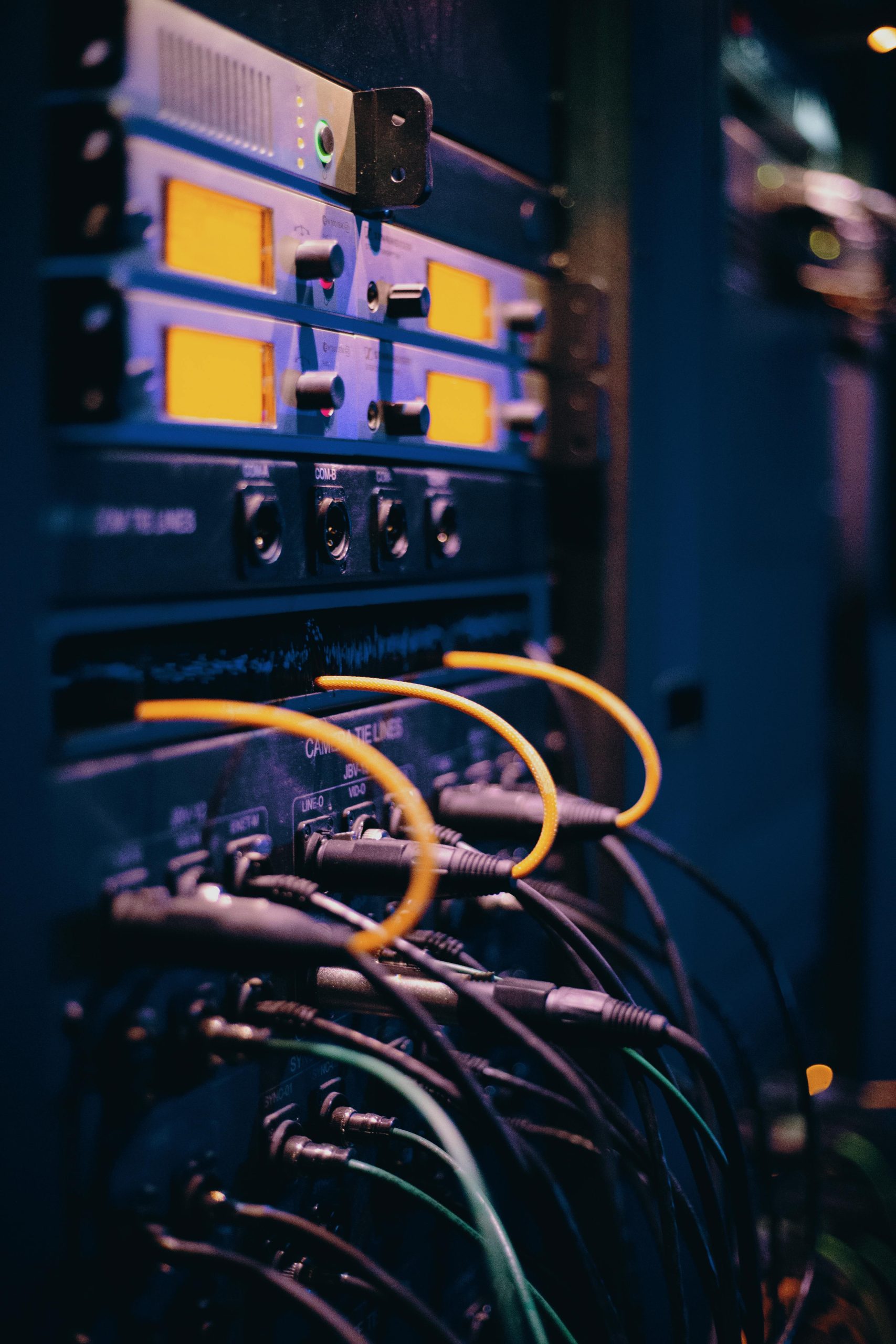Is Using Your Router’s FTP Server to Access Music Files Safe and Reliable? A Comprehensive Guide
In today’s digital age, many music enthusiasts accumulate vast libraries of audio files over the years. While streaming services offer convenience, some individuals prefer maintaining their personal collections for reasons ranging from cost savings to exclusive content. If you’re considering setting up a personal media server to stream your music collection directly from home, there are several factors to consider, particularly regarding security and practicality.
Using a Router’s Built-In FTP Server for Music Streaming
Many modern routers come equipped with features that allow users to connect external storage devices—such as USB drives—and share files over their local network or even remotely via FTP (File Transfer Protocol). This setup can potentially transform your router into a low-cost, always-on media server, accessible from your smartphone or other devices.
Pros of Using a Router’s FTP Server
- Cost-Effective: No need for dedicated server hardware or subscription services; utilizing your existing router can be economical.
- 24/7 Accessibility: The router remains operational continuously, allowing instant access to your files.
- Simplicity: Quick configuration for basic sharing without complex network setup.
Key Considerations Regarding Security
While leveraging your router’s FTP server seems convenient, it is crucial to evaluate the security implications:
-
FTP Protocol Security: Traditional FTP transmits data—including login credentials—in plaintext, making it vulnerable to interception and unauthorized access. If security is a concern, consider using FTP over SSL/TLS (FTPS), provided your router supports it.
-
Access Control: Ensure that your FTP server is configured with strong, unique passwords and access restrictions to prevent unauthorized users from connecting.
-
Remote Access Risks: Exposing FTP servers to the internet involves inherent risks, especially without encryption. Limit remote access to trusted devices or local network connections when possible.
-
USB and Network Security: Before plugging in any external storage, scan for malware and ensure that the contents are secure. Also, keep your router’s firmware updated to address known vulnerabilities.
Practical Tips for Setting Up Your Router as a Media Server
- Check Compatibility: Verify your router’s capabilities and support for FTP and external storage devices.
- Configure Secure Access: Enable encrypted FTP (if available), set strong passwords, and restrict IP addresses if possible.
- Test Internally First: Access your files within your local network to ensure proper setup before enabling remote access.
- **Use Compatible
Share this content:

